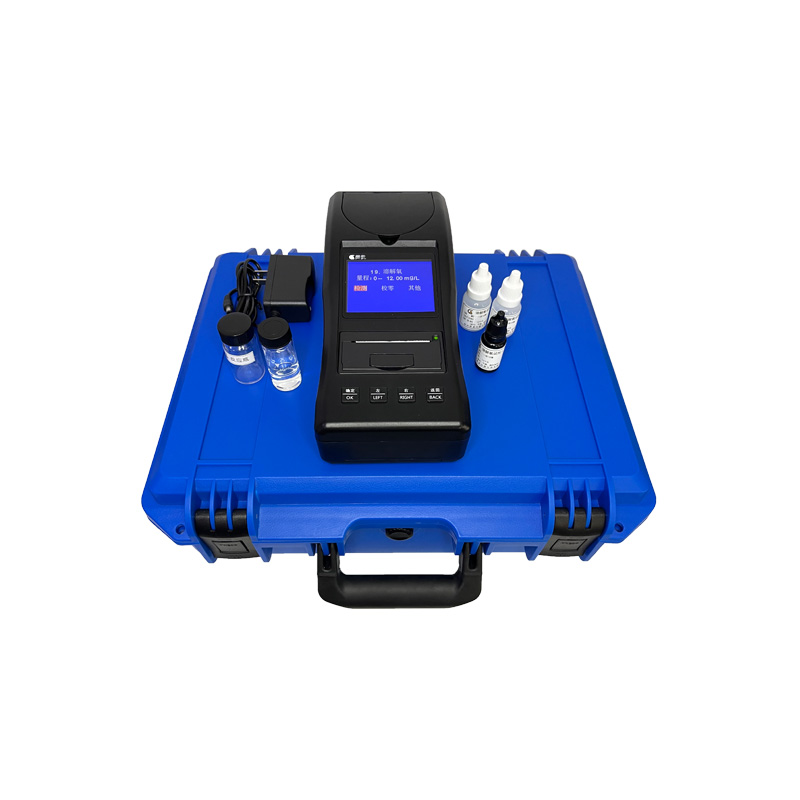There are many factors that will interfere with the final results when the portable free chlorine water quality detector is operated. Therefore, if you want to obtain accurate free chlorine parameters, you must be able to master the operation method of the instrument skillfully. This is something we have always emphasized before.
In addition, our analysts should also be able to understand the relevant quality control requirements during the testing process. Generally, there are two kinds of quality control requirements: sample collection and sample determination. The quality control requirements for sample collection mainly include the requirements for sampling vessels and sampling methods. The sample determination is mainly an operation problem that needs attention in the analysis process.

1. Sample collection
Utensils for measuring free chlorine and total chlorine shall be used separately to prevent cross contamination.According to the technical requirements for sampling, certain on-site parallel samples shall be collected as required, generally no less than 10%. When the field parallel sample measurement results are significantly different, or the whole procedure blank sample measurement results are greater than the detection limit of the method, the reason should be carefully found to eliminate the factors that the field parallel sample measurement results are significantly different and the blank value is on the high side. If necessary, re sample.
2. Sample determination
Slight reagent residues will lead to errors in test results. Therefore, the colorimetric bottle, bottle cap and stirring rod should be thoroughly cleaned before testing to avoid cross interference of samples.Before measurement, the external part of the colorimetric bottle must be cleaned with soft cotton cloth or paper towel, otherwise the residual fingerprints or water stains will affect the measurement results.
There will be slight optical differences between different colorimetric cells. Try to use the same colorimetric bottle for zero point and sample measurement.
The reagent addition sequence cannot be wrong. If the wrong addition sequence occurs, the correct measurement results will not be generated.
During zero point and sample measurement, the colorimetric bottle must be installed at the measuring position of the host, and the △ marking of the colorimetric bottle must be consistent with the △ marking of the host.
During zero point and sample measurement, the bottle cap must be tightened, and the bottle cap with sealing ring must be used.
Bubbles in the bottle will cause incorrect measurement results, so shake the bottle to remove the interference of bubbles before measurement.
Avoid spilling samples from the colorimetric bottle into the measuring chamber of the host machine, which will lead to inaccurate measurement data. At the same time, regularly check whether the measuring chamber of the host machine is polluted. If it is polluted, carefully handle the cotton swab with alcohol or other clean liquids.
When the ambient temperature changes greatly, the resulting temperature difference will cause fog in the optical system of the equipment. This will also affect the final test results. Therefore, when using the water quality testing instrument, we require that the ambient temperature of the equipment is 5~40 ℃, the relative humidity is 30~90%, there is no condensation, and the water quality testing instrument should not be exposed to strong light.
The relative error, accuracy and precision of water sample determination shall be implemented according to relevant standards. If necessary, add quality control assessment samples to ensure the accuracy of measurement.
When analyzing each batch of water samples, the blank samples of the whole process should be tested at the same time. If the blank value is obviously high, carefully check each analysis step to find the cause of the problem and eliminate the factors that cause the high blank value. And re test.
These are the two more important quality control requirements of portable free chlorine water quality detector.



